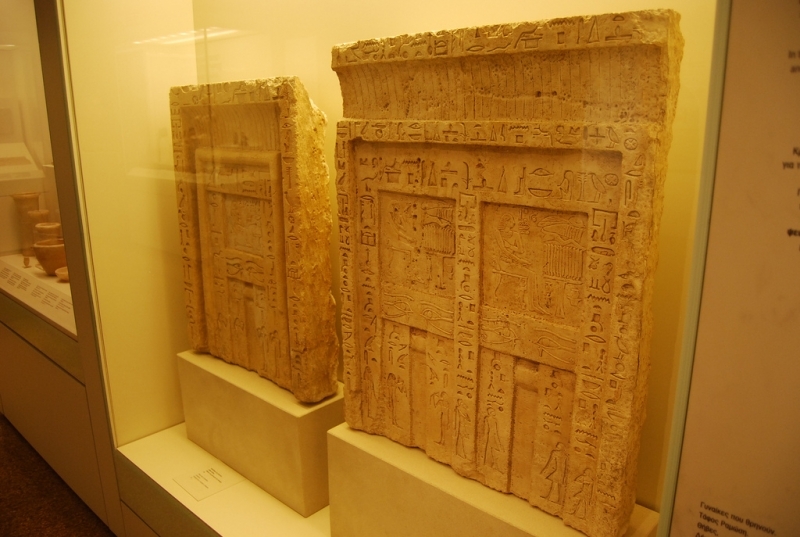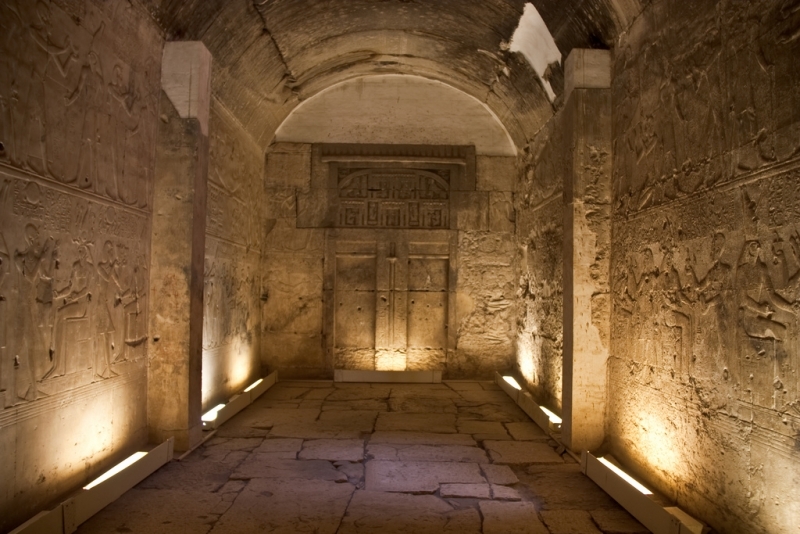The False Doors | Ancient Egypt Secrets

False Doors in Egyptian Tombs | Ancient Egypt Secrets
Egypt has had a large share of the ingredients that made it a civilized country and a tourism longs to which the people of the world because of its beautiful views and historic areas of nature and what is highlighted in the ancient Egyptian civilization and the cultures they include architectural and decorative elements are still impressed and delighted the beholder. It is these elements, for example, false door enters the false door in the ancient Egyptian civilization within the framework of religious and funerary.
And if it was some scientists see a false door that the name does not reflect the exact meaning of it, and if it was in most cases, it held wide-body interfaces centered interventions close in the rear cylinder and topped with stone and so can be called by the name of the entrances to the Spirit where is the human spirit and is something to separate him frequented man after his death is in the flesh and accept offerings,it is called in the ancient Egyptian language " r-pr". The false door is an image in stone or wood to the door of real was the mode of communication between the upper part of the cemetery where he was presenting offerings and performed funeral rites and the burial chamber where the body of the deceased. It was believed to be dead out of it to receive what is offered to him from the offerings in front of him and then return enters it To the cemetery as it is a door to the spirit guides to the path can visit the owner's body for him.
Lintel upper spell oblation surrounding the door slots or four or six slots by spells and titles of the deceased, his image and standing heading sometimes out of the door which means out of his grave and again and his face to the inside the door, which means entry to his grave and had engraved on the aperture also pictures of some Family members and campaign offerings coming towards deceased to visit and make oblation to him and more false doors of limestone that of what is installed in the granite above a slab of limestone landscape upon which the dining table and what is bringing them together sheets of wood together and leather belts.

In the Sixth Dynasty dominated the false doors of three difference in height and was decorated Corniche Or Kirzanp and the representation of eye Alaudjat.
During the New Kingdom false doors in temples were often associated with a chapel known as "the hearing ear" which was generally located in the outer wall near the back of the temple close to the sanctuary. These chapels allowed those outside the temple to communicate directly with the god who could hear them through the false door. However, the majority of false doors are to be found in tombs and mortuary temples to allow the deceased to access the living world and receive offerings. In fact, the false door can be seen as the combination of an offering niche and a stele with the offering formula inscribed on it.
